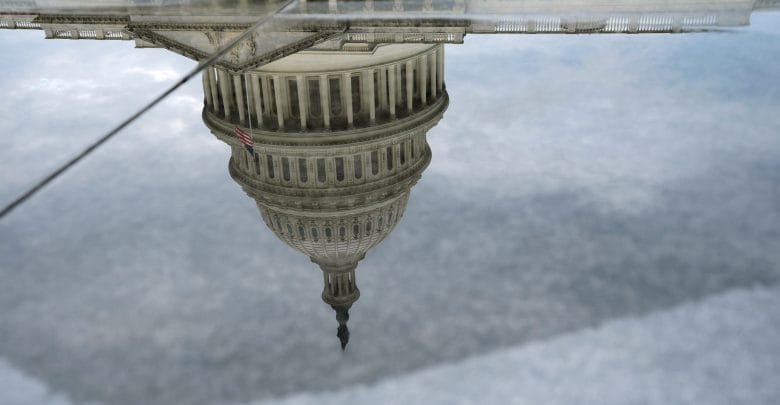
The Truth About the New Jobs Report
Donald Trump was quick to leap on the Labor Department’s employment report for July, which was released on Friday morning. “Great Jobs Numbers!” the President blared on Twitter. The White House press secretary, Kayleigh McEnany, fired out an exclamation point of her own, declaring, “President @realDonaldTrump is the JOBS president!”
The actual contents of the employment report present a very different picture. They show that, as the coronavirus pandemic has spread across the country this summer, job growth has slowed sharply. In July, non-farm payrolls rose by 1.8 million, compared to increases of 2.7 million in May and 4.8 million in June. In more normal times, these monthly figures would be off the charts, but they pale in comparison to the loss of 22.1 million jobs in March and April, when stay-at-home orders were issued in many areas. Taking the past six months as a whole, 12.8 million Americans have lost their jobs, a drop for which there is no precedent in the employment records, which go back to 1939.
About a third of the over-all rise in payrolls last month came from the leisure and hospitality sector, which reflected bars and restaurants reopening in parts of the country where the coronavirus is more contained. As other types of businesses—such as clothing stores, dental practices, and factories—reopened, they, too, rehired significant numbers of people. Total employment in the retail industry rose by 258,000. The health-care sector added 126,000 jobs. Manufacturing payrolls increased by 26,000. This was welcome news for those who got rehired, but the figures need to be placed in perspective. Compared to February, the July report shows that 2.6 million fewer people are now employed in bars and restaurants, 913,000 fewer people in the retail industry, 797,000 fewer in the health-care sector, and 740,000 fewer in manufacturing.
These are hardly “Great Jobs Numbers,” and, alas, the White House press secretary’s claim about Trump being “the JOBS president” doesn’t hold up either. In January, 2017, when Trump was inaugurated, total non-farm employment in the United States was 145.6 million. Last month, it was 139.6 million. In other words, about six million jobs have been eliminated since Trump took office. The losses in 2020 have been so dramatic that they have more than wiped out the gains seen in the first three years of his Presidency.
The unemployment numbers tell a similar story. In July, the official jobless rate fell from 11.1 per cent to 10.2 per cent. But, as recently as February, the unemployment rate was 3.5 per cent. During the shutdowns of March and April, it jumped all the way up to 14.7 per cent. The subsequent declines have reversed less than half of the earlier increase.
According to the employment report, 16.3 million Americans are now jobless and looking for work. But this figure doesn’t give a complete picture of the economic disruption that the pandemic has caused. The report also showed that the number of people working part-time involuntarily has risen by 4.1 per cent since February. In the same period, a large number of Americans appear to have dropped out of the labor force—they are neither working nor actively looking for work. These folks don’t get counted in the official jobless tally. But in February, according to the Labor Department’s figures, there were 164.6 million people in the civilian labor force. In July, the figure was 159.9 million. That’s a decline of 4.7 million.
Putting all these numbers together reveals a picture of an economy that is still being ravaged by the coronavirus, and in which tens of millions of Americans are utterly dependent on government support. A different set of figures from the Labor Department—weekly unemployment-insurance claims—indicates that roughly thirty million Americans are collecting unemployment benefits, the value of which the federal government increased as part of March’s cares Act. Many other people still have a job only because their employers are collecting money from the federal government under the Payroll Protection Program.
With talks on Capitol Hill about a new spending package seemingly stalled, there is still no assurance that these programs will be extended, or that the economy will receive other forms of support that it vitally needs. If Congress and the Trump Administration fail to step in, the human and economic toll of the pandemic will likely get even larger than the one outlined in the jobs report.
John Cassidy has been a staff writer at The New Yorker since 1995. He also writes a column about politics, economics, and more for newyorker.com.
